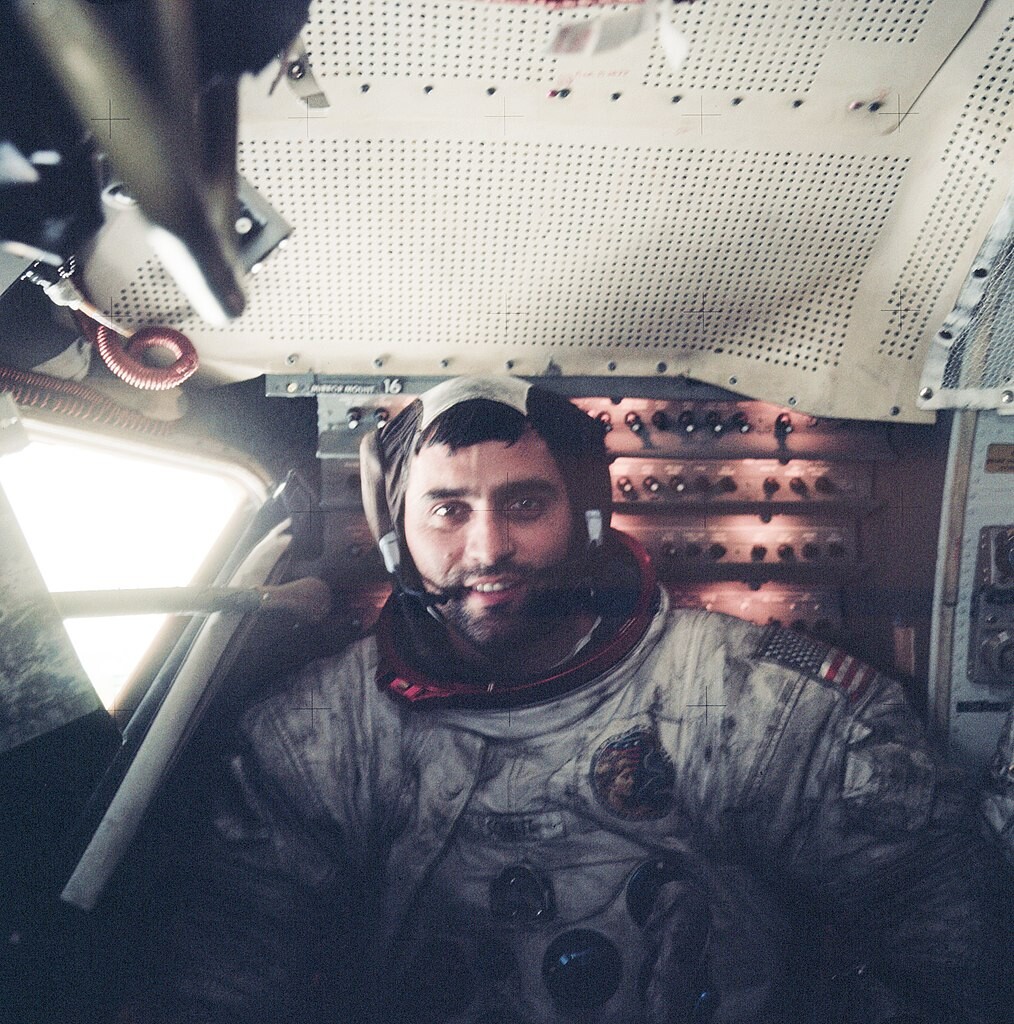The Astronaut Who Was Allergic to the Moon

Some allergies are going to make any hope of pursuing certain careers unpleasant at best and impossible at worst. For instance, if you’re severely allergic to dogs, winning the Iditarod isn’t likely in your future. If you really do want to pursue such a career at the cost of your throat’s diameter, though, it would be possible to power through. At least you’d know what you were signing up for.
Unless, of course, the allergy in question is rare, and it’s unlikely you would have known about it before misfortune struck. In the case of Harrison Schmitt, there was an almost zero percent chance he could have had any warning about his allergy: lunar dust. To be honest, I’m surprised the moon even has substances capable of sparking allergic reactions. I sort of assumed it was sterile, like ash.
Don't Miss
That said, the Moon is obviously a pretty dusty place. Both the surface and the air are thick with lunar dust, and it clings to pretty much anything. So when Apollo 17’s Schmitt and fellow astronaut Eugene Cernan spent time on the surface, they returned to the lunar module looking like they’d been antiqued by an interstellar Johnny Knoxville.

When they removed their suits, Schmitt says he was immediately struck with allergy symptoms, and exactly the ones you’d expect: swollen sinuses and congestion. He described it as “lunar dust hay-fever.” Feels lucky, that a moon allergy only makes you sniffle, instead of something more dramatic, like swelling in the brain. Schmitt, though, would later become a climate-change denier, so maybe some lunar dust made it to his gray matter after all.
It seems incredibly unlucky that one of the very few humans with any possible chance of inhaling lunar dust happened to have an intolerance to it. The other possibility, however, is that lunar dust allergies are very common, and it’s more a consequence of the small sample size of humans who’ve romped around in it. It does make a weird sort of sense. We’re not supposed to be up there, after all!